



If you find yourself in Pasay,you’ll immediately notice its vibrant pulse—a city that hums with energy yet feels surprisingly approachable. It’s where the buzz of urban life meets the laid-back charm of coastal Manila Bay. Walking along the bay at sunset,you’ll catch the salty breeze mingling with the scent of street food grilling nearby,while the sky paints itself in shades of pink and orange. It’s a sensory mix that feels both alive and soothing. Pasay wears its culture proudly,blending modernity with tradition. The city’s streets are alive with the chatter of locals,the rhythmic beat of jeepneys,and the occasional call of vendors selling fresh mangoes or sweet halo-halo. You can dive into the lively atmosphere of the malls and entertainment hubs,but also find quiet moments in the nearby parks or along the waterfront. It’s a place where you can savor crispy,flavorful street snacks one moment and enjoy world-class performances or art exhibits the next. What really makes Pasay stand out is its spirit of resilience and warmth. The people here are friendly and welcoming,always ready to share a smile or a story. Whether you’re exploring the cultural landmarks,catching a concert,or simply soaking in the city’s rhythm,Pasay invites you to experience Manila’s heart in a way that feels personal and unforgettable.
The information on this page is currently being reviewed by Tripkliq and should be used as a guide only
Eng word: Hello
Eng pronunciation: Kah-moo-stah
Local language: Kamusta
Eng word: Goodbye
Eng pronunciation: Pah-ah-lahm
Local language: Paalam
Eng word: Thank you
Eng pronunciation: Sah-lah-maht
Local language: Salamat
Eng word: How much
Eng pronunciation: Mahg-kah-noh
Local language: Magkano
Eng word: Toilet
Eng pronunciation: Bahn-yo
Local language: Banyo
Eng word: Help me
Eng pronunciation: Too-loo-ngahn moh ah-koh
Local language: Tulungan mo ako
Eng word: Yes
Eng pronunciation: Oh-oh
Local language: Oo
Eng word: No
Eng pronunciation: Hin-deh
Local language: Hindi
Eng word: Excuse me
Eng pronunciation: Pah-oo-mahn-hin
Local language: Paumanhin
Pasay was officially founded on December 2,1863. It was originally known as Pineda, named after a prominent Spanish family in the area.
The name 'Pasay' is derived from the name of a princess named Dayang-dayang Pasay, who was a pre-colonial ruler in the area.
During World War II, Pasay was a significant site for the Japanese occupation and later the liberation efforts by Allied forces.
Pasay is home to the Cultural Center of the Philippines (CCP), which was established in 1969 to promote and preserve Filipino arts and culture.
Pasay hosts the Ninoy Aquino International Airport (NAIA), the main gateway for international travelers visiting the Philippines.
Pasay is home to several historical churches, including the Sta. Clara de Montefalco Parish, which dates back to the Spanish colonial period.
Roxas Boulevard, a major thoroughfare in Pasay, is famous for its picturesque sunsets and historical landmarks, including the Manila Baywalk.
The Philippine International Convention Center (PICC), located in Pasay, was the first international convention center in Asia and has hosted numerous global events since its opening in 1976.
Pasay is home to the SM Mall of Asia, one of the largest shopping malls in the world, offering a wide range of shopping, dining, and entertainment options.
In Pasay, the most common Power Adaptor is Type A, Type B.


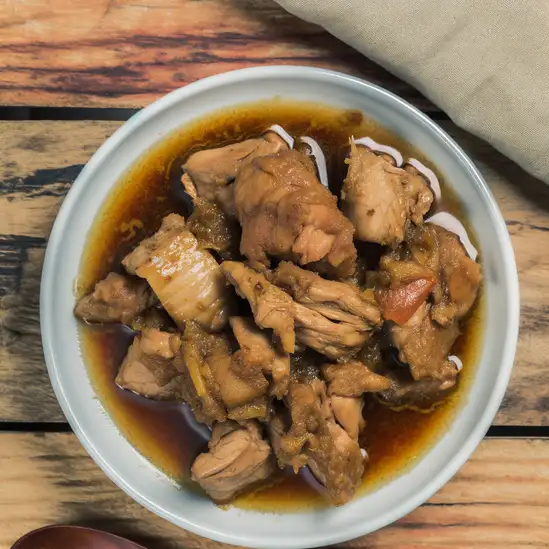
A savory dish made with meat (usually chicken or pork) marinated in vinegar, soy sauce, garlic, and spices, then braised until tender.

A sour soup typically made with tamarind, tomatoes, and various vegetables, often cooked with pork, shrimp, or fish.
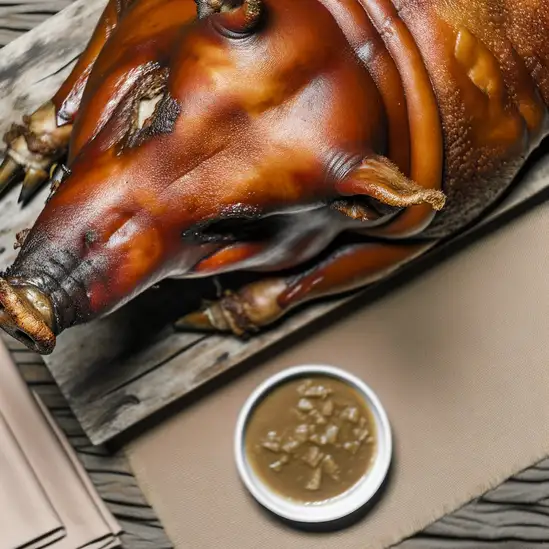
A whole roasted pig, known for its crispy skin and tender meat, often served during special occasions and celebrations.
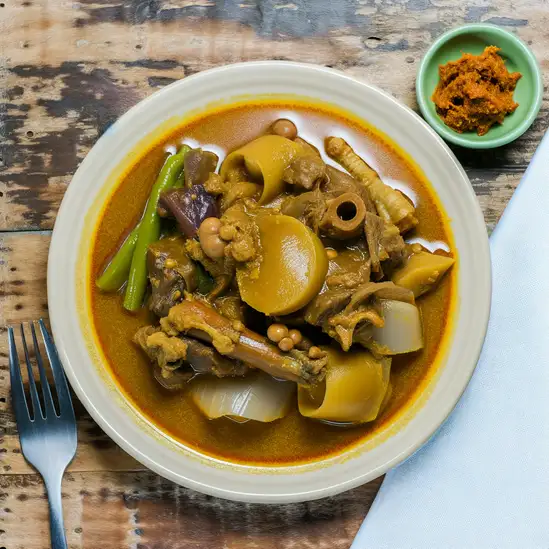
A rich and hearty stew made with oxtail, tripe, and vegetables, cooked in a thick peanut sauce, often served with bagoong (fermented shrimp paste).

A popular dessert made with crushed ice, sweetened fruits, jellies, and topped with leche flan and ube ice cream, perfect for the tropical heat.
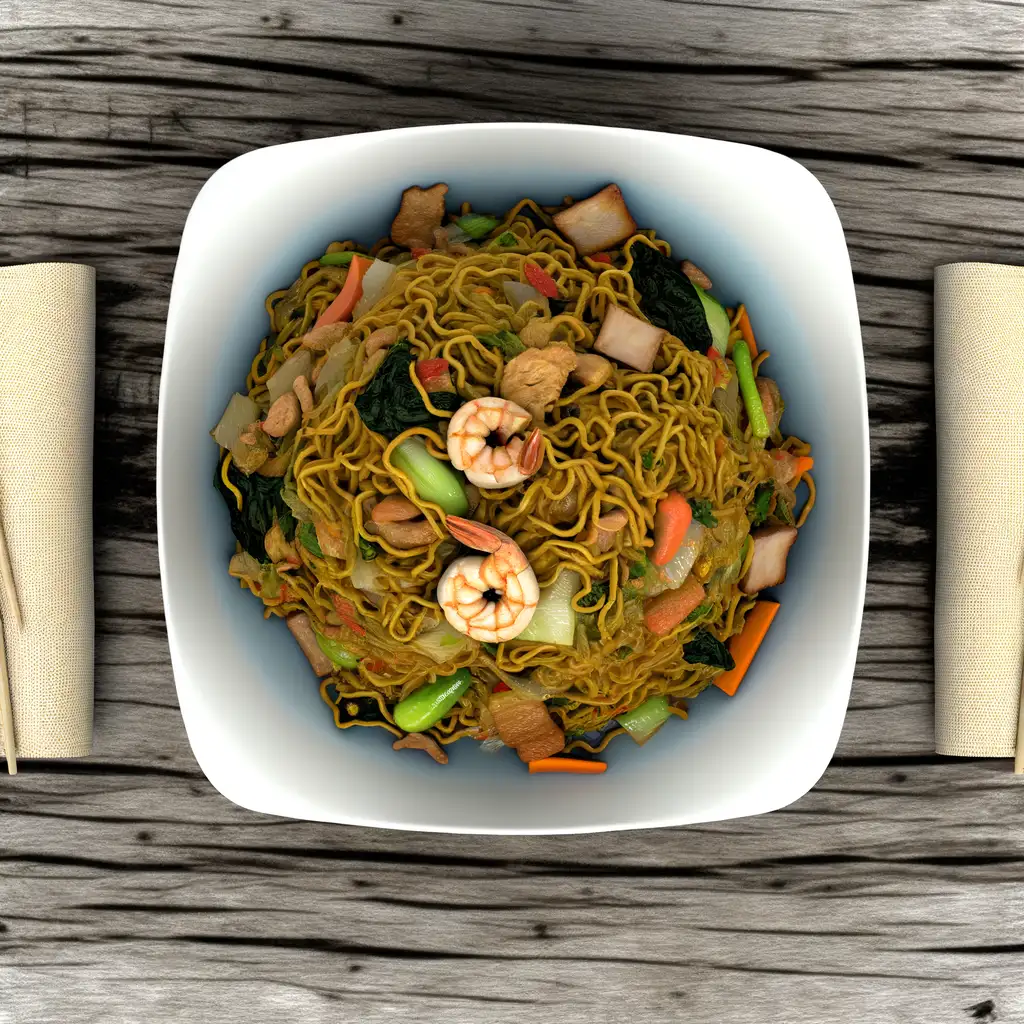
A stir-fried noodle dish that comes in various forms, often mixed with vegetables, meat, and seafood, symbolizing long life.
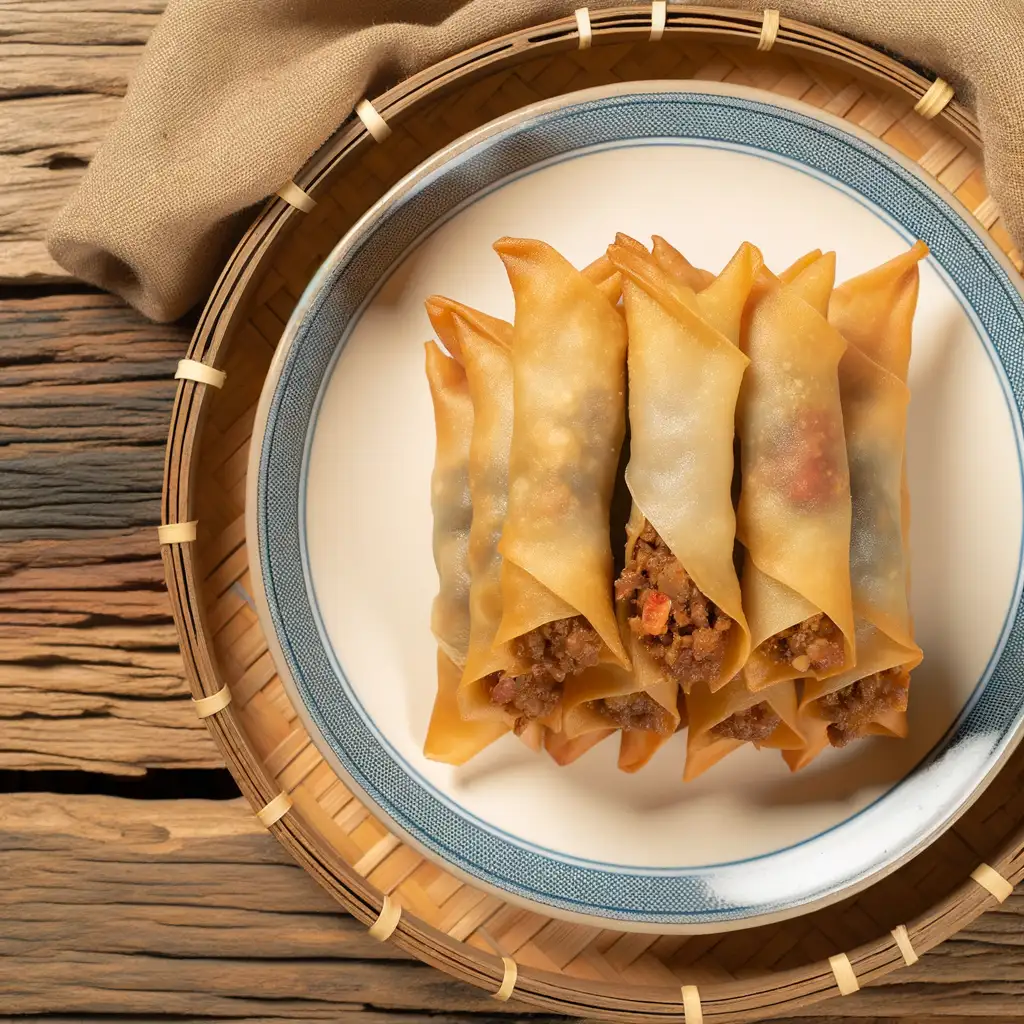
Crispy spring rolls filled with ground pork, vegetables, and spices, often served as an appetizer or snack.
Imagine stepping into a place where history hums through the streets and the ocean breeze carries the scent of salty adventure—that’s Cebu City for you. The moment you arrive,there’s this lively energy that wraps around you,a mix of old-world charm and modern buzz. You’ll find yourself wandering through colorful markets where the chatter of vendors blends with the aroma of freshly grilled street food—think sweet,smoky lechon sizzling over coals,tempting you at every corner.
Cebu’s character is a beautiful blend of the past and present. Ancient Spanish forts and centuries-old churches stand proudly alongside sleek cafes and vibrant street art. The city pulses with warmth,not just from the tropical sun but from the people who greet you with genuine smiles and stories. At night,the streets light up with music and laughter,and you can almost taste the festive spirit in the air.
What really makes Cebu unforgettable is how it feels alive in every sense. You can hear the waves crashing nearby,see the colorful jeepneys weaving through traffic,smell the tropical fruits at the market,and feel the warmth of the sun on your skin as you explore. It’s a place where culture,history,and everyday life blend seamlessly,inviting you to dive in and experience its vibrant soul firsthand.
If you ever find yourself craving a place where nature’s calm meets a laid-back island spirit,Puerto Princesa is where you want to be. The moment you step off the plane,there’s this warm,salty breeze that wraps around you,carrying the faint scent of the sea and tropical blooms. It’s a city that doesn’t rush — people move with a gentle rhythm,and the streets hum softly with the chatter of locals and the occasional strum of a guitar from a nearby café. It feels like a breath of fresh air,both literally and figuratively.
What really makes Puerto Princesa stand out is its deep connection to nature. The famous Underground River is just the beginning — lush mangroves,crystal-clear waters,and vibrant coral reefs surround the city,inviting you to explore. You can hear the calls of exotic birds in the morning and watch fishermen bring in their catch as the sun dips low,painting the sky in shades of pink and orange. The food scene here is a delightful surprise too — fresh seafood grilled right on the beach,sweet tropical fruits bursting with flavor,and local dishes that tell stories of the sea and the land.
But beyond the sights and tastes,it’s the people who make Puerto Princesa unforgettable. Their warmth and genuine smiles make you feel like you’re not just visiting,but truly welcomed. Whether you’re wandering through the bustling market or sharing a laugh with a vendor,there’s a sense of community that lingers long after you leave. It’s a place that invites you to slow down,soak in the simple joys,and leave with a heart full of stories.
If you ever find yourself wandering through the heart of Bohol,Tagbilaran City greets you with a warm,unhurried rhythm that feels like a gentle hug after a long journey. The city hums with life—not the overwhelming buzz of a metropolis,but a lively,welcoming energy where jeepneys rattle by and street vendors call out their fresh fruit and local snacks. As you stroll along the waterfront,the salty breeze carries the faint scent of grilled seafood mingling with tropical flowers,inviting you to slow down and savor the moment.
Tagbilaran’s charm lies in its blend of old and new. You’ll catch glimpses of Spanish-era churches standing proudly beside colorful markets where locals barter over ripe mangoes and sticky rice treats. The city’s pulse is deeply tied to its people—friendly,easygoing,and proud of their heritage. At night,the streets light up with laughter and music spilling from small eateries where you can taste the rich flavors of Boholano cuisine,like the sweet,tender kalamay or freshly caught fish cooked with coconut milk.
What really stays with you is the city’s sense of community and its connection to the sea. Whether you’re watching fishermen haul in their catch at dawn or joining a lively fiesta,Tagbilaran feels like a place where stories are shared over steaming cups of coffee and where every corner invites you to discover a new layer of its soul. It’s not just a stopover—it’s a place that quietly pulls you in and makes you want to stay a little longer.
If you ever find yourself craving a place where vibrant city life meets the gentle embrace of nature,Davao City is where you want to be. The moment you step off the plane,there’s this warm,welcoming energy that wraps around you—like the city itself is inviting you to slow down and savor every moment. The air carries a subtle mix of tropical blooms and the faint,salty hint of the nearby sea,while the streets buzz with a friendly hum of jeepneys and chatter in a melody of languages.
Walking through Davao,you’ll notice how the city wears its culture proudly. From the colorful street markets where vendors call out their fresh fruits and local delicacies,to the intricate weaves and crafts that tell stories of indigenous tribes,there’s a deep respect for heritage here. And the food? Oh,the food! Imagine biting into a juicy durian (if you’re brave enough),or savoring grilled tuna so fresh it practically melts in your mouth,all while sipping on a sweet,refreshing calamansi juice.
What really sets Davao apart is its balance—towering mountains and lush parks sit just a short drive from bustling urban spots. You can spend your morning hiking up Mount Apo,the Philippines’ highest peak,then wind down with a stroll along the riverwalk as the sun dips low,painting the sky in shades of orange and pink. It’s a city that feels alive but never rushed,where every corner invites you to explore,taste,and connect.
If you ever find yourself craving a place where history hums softly alongside the buzz of everyday life,Iloilo City is where you want to be. The moment you step into its streets,there’s this warm,inviting energy—like the city is gently nudging you to slow down and savor its stories. You’ll notice the colonial-era buildings standing proudly beside modern cafes,their facades telling tales of centuries past. The air carries a subtle mix of salty sea breeze and the sweet aroma of freshly baked pan de sal,making every morning feel like a comforting embrace.
Walking through Iloilo,you’ll hear the lively chatter of locals,the clinking of glasses in cozy eateries,and the distant strum of guitars from street performers. The city’s character shines brightest in its festivals,especially the Dinagyang,where vibrant costumes and rhythmic drums fill the streets with infectious joy. But even on quieter days,the genuine smiles of Ilonggos and their easygoing hospitality make you feel like you’ve found a second home.
And then there’s the food—oh,the food! From the rich,savory batchoy served steaming hot in humble noodle shops to the sweet,creamy taste of fresh mangoes,every bite is a celebration of local flavors. Iloilo isn’t just a place to visit; it’s a place to experience,where every corner invites you to pause,breathe,and fall a little in love with its soul.
Zamboanga City offers unique cultural experiences and serves as a gateway to nearby islands like Santa Cruz Island,famous for its pink sand beaches.
ExplorePorters at the airport may insist on helping with luggage and then demand an exorbitant tip afterward.
Some money changers may use sleight of hand or provide incorrect exchange rates to shortchange tourists.
Scammers posing as police officers may accuse tourists of minor infractions and demand on-the-spot fines.
Vendors may sell counterfeit or low-quality items as authentic Filipino handicrafts at inflated prices.
Scammers pose as tour guides and offer overpriced or fake tours, often taking tourists to shops where they receive commissions.
Scammers may create fake hotel booking websites or listings, tricking tourists into paying for accommodations that don’t exist.
Some restaurants or food stalls near tourist areas may charge tourists significantly higher prices than locals for the same items.
Crowded areas like bus terminals, markets, and the Mall of Asia are hotspots for pickpockets targeting distracted tourists.
Children or adults may approach tourists asking for money, often as part of an organized scam where the money goes to handlers rather than the individuals in need.
Some taxi drivers in Pasay may refuse to use the meter and instead charge tourists a flat rate that is significantly higher than the actual fare.
The Philippines has very strict drug laws. The Comprehensive Dangerous Drugs Act of 2002 (Republic Act No. 9165) imposes severe penalties for the possession, use, and trafficking of illegal drugs. This includes long prison sentences and even the death penalty for serious offenses. Tourists should avoid any involvement with illegal drugs to avoid severe legal consequences.
In Pasay, Philippines, smoking is regulated under the Tobacco Regulation Act of 2003 (Republic Act No. 9211) and local ordinances. Smoking is prohibited in public places such as schools, hospitals, public transportation terminals, and enclosed public spaces. Designated smoking areas are allowed but must comply with specific guidelines. Violators may face fines and other penalties.
Vaping in Pasay is subject to similar regulations as smoking. The use of e-cigarettes and other vaping devices is prohibited in public places where smoking is banned. Local ordinances may also impose additional restrictions. Tourists should look for designated vaping areas and adhere to local rules to avoid fines.
What are other people saying about Pasay?
Recent Social posts about Pasay
There is nothing to show you for now.